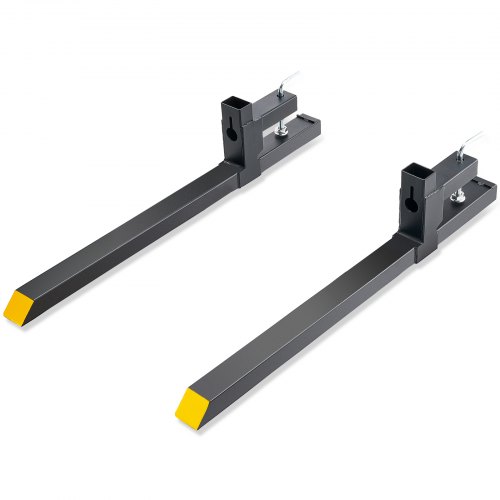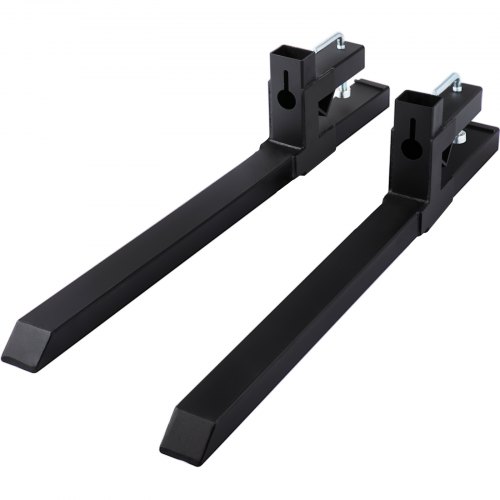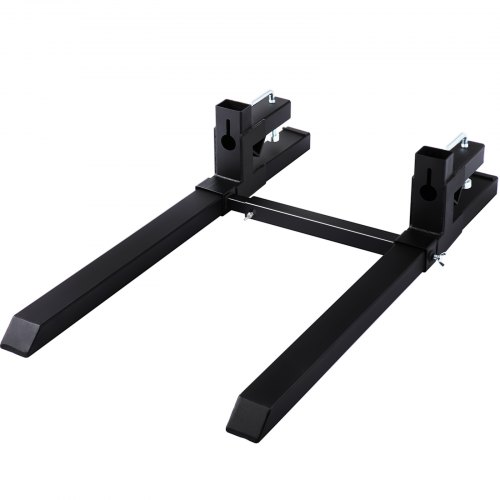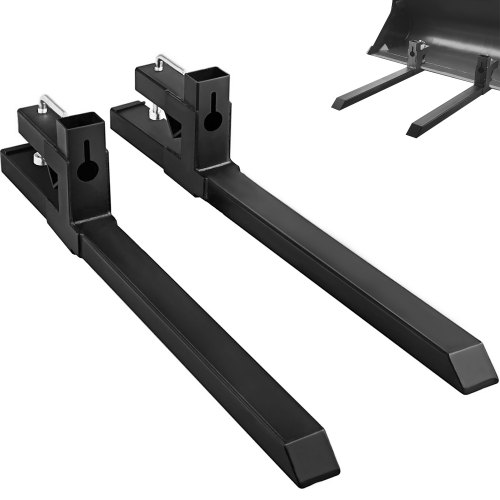 (880)
(880)
 (880)
(880)
 (880)
(880)
 (880)
(880)
 (880)
(880)
Skid steers, a cornerstone in modern construction, landscaping, and farming, offer versatility and efficiency unparalleled in compact equipment. Understanding the intricacies of skid steers is essential for potential buyers, as these machines serve a myriad of functions in various industries.
At its core, a skid steer is a small, engine-powered machine with lift arms and a variety of attachment options. Known for its agility and small footprint, it's a go-to tool for projects where larger equipment can't maneuver.
Skid steers have a rich history, evolving from simple machines to sophisticated, multi-functional tools. This journey reflects the advancements in technology and growing needs of industries relying on them.
Ideal for hard surfaces, wheeled skid steers provide mobility and speed. Their tire-based design reduces ground damage, making them suitable for urban or landscaped environments.
For rough or soft terrain, tracked skid steers offer stability and less ground disturbance. Their tracks distribute weight evenly, making them perfect for sensitive surfaces or uneven landscapes.
Consider your work environment when choosing a skid steer. Factors like terrain, space constraints, and the nature of tasks play a crucial role in selection.
Skid steers come in various sizes and capacities. Selecting the right size ensures efficiency and safety, aligning with the workload and space available on your site.
A robust engine ensures your skid steer can handle demanding tasks. Look for models that balance power with fuel efficiency.
The true value of a skid steer lies in its attachments. From buckets to breakers, the range of available tools makes the skid steer a multi-purpose asset.
Ergonomics and safety features are critical. Comfortable controls, good visibility, and safety mechanisms protect operators and enhance productivity.
Regular maintenance prolongs the life of your skid steer. Simple steps like checking fluids, filters, and tire or track integrity are vital.
Familiarize yourself with common skid steer issues and their solutions. Knowing how to troubleshoot can save time and money.
Buckets and blades are fundamental for digging, grading, and material handling. Their versatility makes them a must-have for many projects.
Explore specialty attachments like augers, hammers, or forks to extend the capabilities of your skid steer beyond basic tasks.
Skid steers shine in construction for tasks like site preparation, debris removal, and material handling.
In farming, skid steers assist in animal feed management, cleaning, and land maintenance.
Landscapers use skid steers for soil preparation, tree planting, and more, showcasing their adaptability.
Weigh the pros and cons of buying versus renting a skid steer. Consider factors like frequency of use, maintenance costs, and budget constraints.
Explore financing options if purchasing. Many dealers offer plans to make ownership more accessible.
Modern skid steers are designed with the environment in mind. Features like fuel-efficient engines and reduced emissions contribute to greener operations.
Choose attachments and operating techniques that minimize environmental impact, promoting sustainable practices.
Operator training is crucial for safety and efficiency. Ensure your team is well-versed in skid steer operation.
Follow safety guidelines to prevent accidents. This includes wearing protective gear and adhering to operational protocols.
Stay abreast of technological advancements in skid steer design and functionality. Innovations like automation and improved controls are shaping the future.
Skid steers are finding roles in new industries, adapting to changing market demands and technological possibilities.
VEVOR offers quality skid steers that are reliable and efficient. Their range caters to various needs and budgets.
VEVOR's commitment to customer support ensures that you have guidance and assistance throughout your skid steer journey.
Investing in a skid steer can significantly enhance your operational efficiency. Explore VEVOR's range of skid steers and attachments to find the perfect fit for your needs. Embrace the versatility and power of a skid steer to revolutionize your workflow. Contact VEVOR today to start your journey with a reliable and efficient skid steer.
A skid steer is a compact, engine-powered machine with a rigid frame and lift arms used for a variety of tasks. Primarily used in construction, agriculture, and landscaping, skid steers are highly versatile due to their small size and ability to use multiple attachments, like buckets, forks, and blades. They are known for their unique steering mechanism, which allows them to turn within their own footprint.
Skid steers are distinct from other construction equipment due to their size, maneuverability, and versatility. Unlike larger machinery, skid steers are compact and can operate in tight spaces. Their unique steering allows for sharp turns and precise positioning. Additionally, skid steers can use various attachments, making them more versatile than equipment designed for single tasks.
Skid steers are incredibly versatile and used in many industries. In construction, they handle tasks like excavation, debris removal, and material spreading. In agriculture, they assist with feeding, barn cleaning, and landscaping. Skid steers are also popular in landscaping for soil preparation, tree planting, and snow removal. The range of attachments available expands their utility even further.
When selecting a skid steer, consider the machine's size, lift capacity, and the types of tasks you plan to perform. The size and power of the skid steer should match the scale of your projects and the space you'll be working in. Consider whether you need a wheeled or tracked model based on your terrain. Lastly, think about the attachments you'll need for your specific tasks.
Proper maintenance is crucial for the longevity and performance of a skid steer. Regularly check and change the engine oil, fuel, and air filters. Inspect hydraulic systems, tires or tracks, and attachment mechanisms for wear and tear. Keep the machine clean to prevent buildup of dirt and debris. Always refer to the manufacturer’s guidelines for specific maintenance procedures. Regular maintenance not only extends the lifespan of the skid steer but also ensures safety and efficiency during operations.